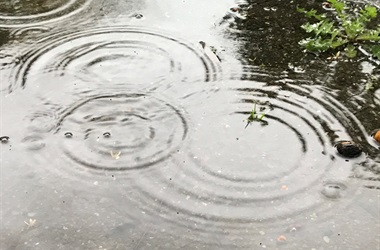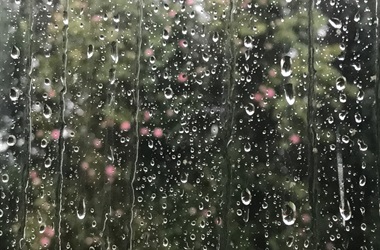Rainwater tanks
Ngā kura wai ua
Collecting rainwater can deliver some great benefits but there are a lot of decisions to make about the rainwater tank you choose and how to install it, first.
These pages relate specifically to rainwater tanks. Information on installing water tanks for drinking water purposes - whether as part of a new build or at an existing dwelling - should be addressed in a building consent application.
The positives of rainwater collection
Environmental and economic benefits of rainwater collection include:
- providing water for the garden, to wash the car, or even to flush the toilet
- providing your own water supply during summer water restrictions or in times of emergency
- reducing your water bill, long term
- helping remove rainfall from the stormwater system which - in extreme weather - can have negative environmental effects, like excess stormwater runoff.
For new builds or developing an existing property
If you’re building or renovating and it involves replacing natural ground cover with sealed surfaces, this can generate additional stormwater runoff. One way to manage this is to install a rainwater tank but this should be addressed as part of your building consent.
Things to consider
- What will you use the water for?
- Outside use only (e.g. to water the garden, clean the house, or clean the car).
- Some inside use (e.g. for laundry, flushing toilets, or showering). If this is the case, your rainwater tank will need to be connected to the plumbing.
- Drinking water (potable water). This will involve plumbing, fitting a backflow prevention device, and the water will need to meet drinking safety standards.
- What are the water quality considerations?
- What size and type of rainwater tank do you need?
- Does your rainwater tank meet the Building Act requirements? See our information on Installing and maintaining your rainwater tank.
- Does your rainwater tank meet the District Plan requirements (e.g. if you’re in a heritage zone, different rules could apply).





